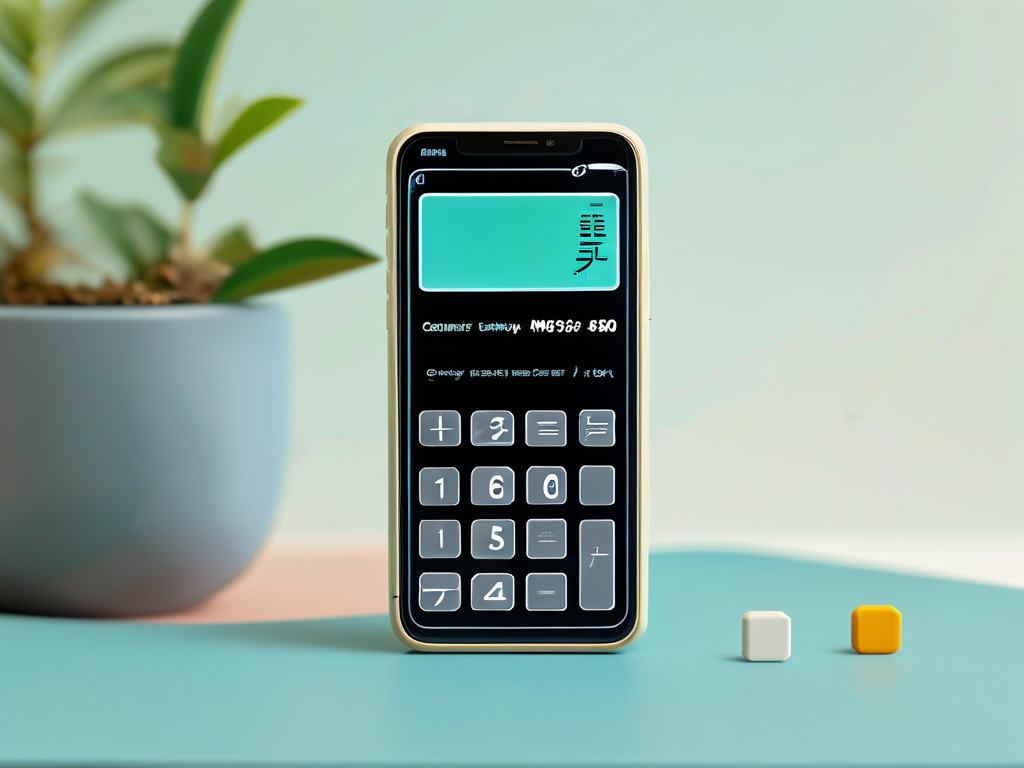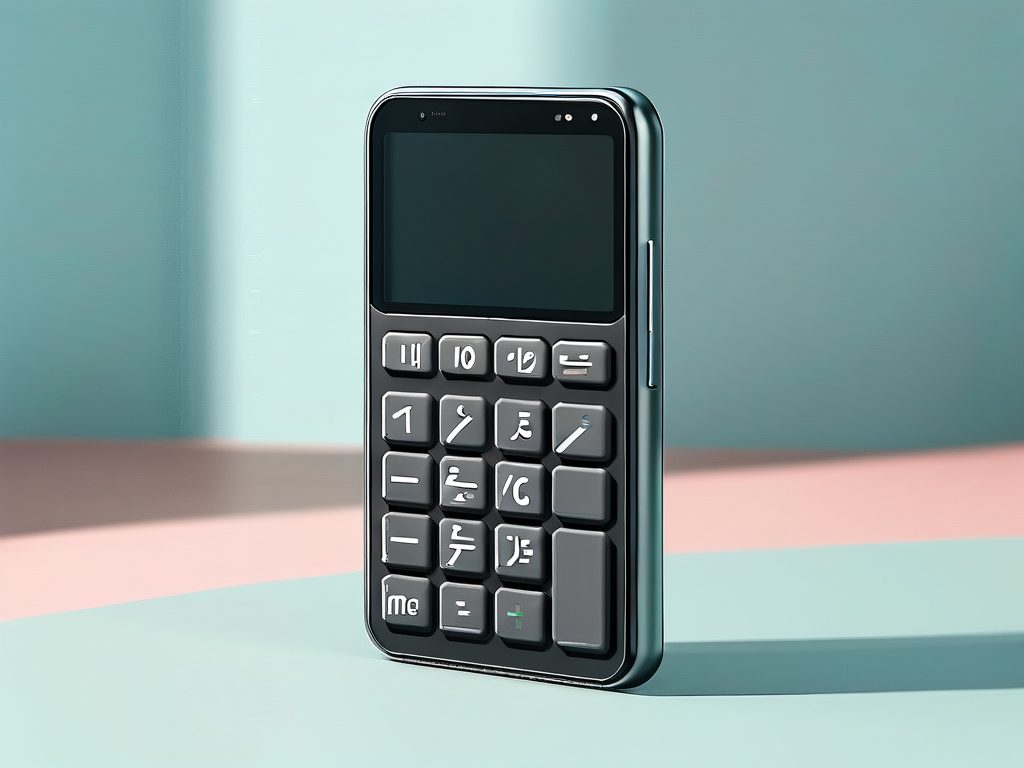With the growing popularity of smartphone customization, users often explore hidden features like calculator vault apps to discreetly store files. A common concern arises: Do these seemingly simple tools actually impact device performance through memory consumption? This article examines how calculator-based hidden apps function and their real-world resource demands.

Understanding Calculator Hidden Apps
Calculator vault apps disguise themselves as standard calculation tools while offering secret storage compartments. Popular examples include Calculator% or Hi Calculator, which require authentication to access hidden photos, documents, or videos. While basic calculators typically use 10-20MB of memory, these enhanced versions often consume 50-80MB due to added encryption and file management features.
Memory Allocation Mechanics
These apps employ two memory layers:

- Core calculator functions (minimal footprint)
- Hidden storage module with background processes
The encryption engine alone may use 15-30MB RAM to secure files, while thumbnail generation for media files adds another 10-20MB. When actively transferring files, memory usage can temporarily spike to 120MB.
Comparative Analysis
- Standard calculator: 12MB average
- Calculator vault (idle): 55MB
- Calculator vault (active): 90-130MB
This contrasts sharply with dedicated file managers like Solid Explorer (35MB) but remains lower than full encryption tools like NordLocker (150MB).
Optimization Strategies
- Select Lightweight Alternatives: Apps like Secret Calculator Vault Lite prioritize efficiency, capping memory at 40MB
- Schedule Cleanups: Use built-in tools to auto-delete cached thumbnails weekly
- Disable Background Sync: Turn off cloud backup features when unused
- Monitor via Developer Options: Enable "Running Services" in Android settings to track real-time consumption
Myth Busting
Contrary to rumors, these apps don’t permanently "hog" memory. When closed properly through their exit interface (not just app switching), they release 80% of allocated RAM. However, improper closure may leave 15-20MB lingering in background processes.
Code Insight
Developers optimize memory through techniques like:
public void releaseCache() {
if (mediaThumbnailCache != null) {
mediaThumbnailCache.clear();
System.gc();
}
}
This garbage collection trigger helps prevent memory leaks during prolonged use.
User Scenarios
Case studies show varied impacts:
- Light users (10 files): 2% battery drain over 8 hours
- Heavy users (500+ files): 8% drain with noticeable warmth during file transfers
While calculator hidden apps consume 3-5× more memory than standard calculators, their impact remains manageable on modern devices with 6GB+ RAM. For optimal performance, users should select updated versions (2023+ releases show 30% better memory management) and avoid storing large video files directly within vaults. Periodic app restarts and cache clearance further ensure smooth operation without significant resource trade-offs.









